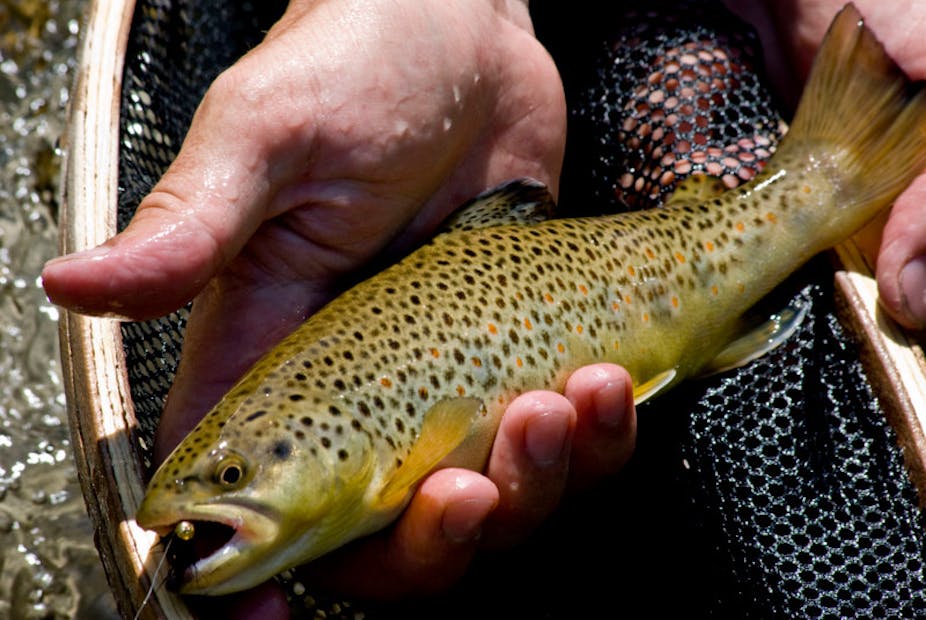Contaminated during the surrounding area’s history of mining, the River Hayle in Cornwall contains metals including copper, zinc, nickel and cadmium at levels that can kill brown trout, a particularly sensitive species. It comes as a surprise, then, that brown trout in this river show no obvious signs of toxicity and are apparently flourishing. We set out to investigate how these fish might be able to tolerate such extreme exposure to toxic metals.
We compared fish from the River Hayle to fish living in a relatively clean site in the River Teign in Devon. The results showed that the accumulation of metals in the kidney and liver – where metals are stored and detoxified - were 19 and 34 times higher in the Hayle trout, respectively. In the gill, concentrations on average 63 times higher were present in the Hayle fish, but there were no differences in metal content in the gut. This accumulation of metals in the Hayle fish highlights their extraordinary tolerance of the extreme metal concentrations in their environment.
In order to establish how the Hayle brown trout are able to survive and to look for potential signs of toxicity, we carried out gene sequencing at the Exeter Sequencing Facility to measure the differences between fish from the two sites. We found that the gene encoding a particular protein, metallothionein, which is responsible for storing and detoxifying a number of metals, was found to be highly expressed in the River Hayle trout.
An increase in the expression level of a gene indicates that the protein it encodes is synthesised at a greater rate. This, and the evidence of other highly expressed metal-binding and transporting proteins that give the fish an enhanced ability to transport and detoxify the metals, explains their ability to tolerate high levels of metals.
One of the usual ways in which metals are harmful to fish is by producing toxic forms of oxygen, which cause cellular damage, and disrupting the balance of ions in the body. We found evidence that to counter this, Hayle fish show changes in expression of a number of genes that are important in maintaining the balance of salts and ions in the body, as well as a modest increase in antioxidants.
Metal contamination of freshwater environments occurs worldwide. There are other examples of fish living in metal-contaminated environments, but these have largely been found to suffer greater toxic effects from metal exposure, which only highlights the extraordinary ability of these trout to flourish in the river Hayle.
These metal-tolerant brown trout may represent an important component of the genetic diversity of this species. Cornwall has a very long history of mining, dating back thousands of years to Neolithic Britain. While the majority of mining ended in the 19th and early 20th centuries, rivers and estuaries still possess high levels of metals. There may well be other populations of metal-tolerant fish in other, similarly polluted Cornish rivers.
The story of the Hayle brown trout is fascinating, demonstrating their ability to overcome the odds and tolerate changes to their environment caused by human activities. But many aspects are still unclear: we do not know how or when this tolerance evolved, and we do not know how they will react if their environment deteriorates further. Such populations need careful management - if the Hayle brown trout with its unique physiology were to be lost, the river may never be able to support trout again. Understanding the relationship of fish to their environment is crucial to effectively managing and protecting our aquatic ecosystems.

